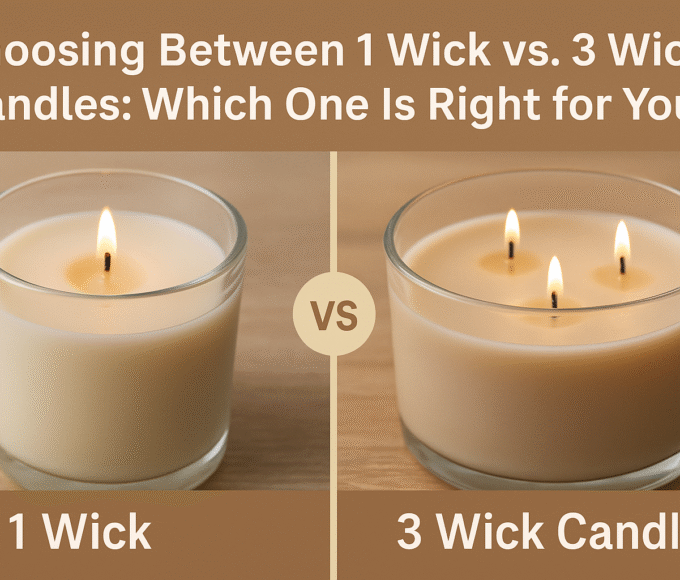Benchtops have a significant visual effect, but they’re also the kitchen’s most heavily used work surface, so they need to be long-lasting. Here is a list of the best materials for kitchen bench tops and a comparison of their advantages and disadvantages.
Quartz countertops with an engineered look and feel
The most common option for kitchen bench tops is granite. Using a combination of natural pebbles and resin, it may vary from dazzling white to dark grey. Adding interest may be achieved by using a solid colour or specks of different-coloured stones. It’s possible to get the “chunky” effect by attaching a skirting to the edge, but the newest trend is for a 20mm thick edge. Stone benchtops are very durable and simple to maintain. The non-porous surface is resistant to stains and scratches and does not need continuous care. Engineered stone benchtops often include quartz.
Countertops with laminate
To save money on your kitchen renovation, laminate is a good choice. However, it doesn’t mean you have to give up on style. The widest variety of colours and patterns are available in laminate, which may mimic more costly materials like wood, stone, and even concrete. That means you don’t have to fork out a lot of money to acquire the appearance you want. A cutting board is usually a good idea since it’s prone to scratching and burning, so be cautious with hot pots and pans while using it.
Benchtops are made of wood.
Timber is making a return, even though you may believe it is a little dated. If you’re utilising colder materials like glass and stainless steel in a kitchen, you may add a dash of warmth and character by adding wood. Thanks to the diversity of species available, you may go light with ash’s yellowish hues or contrast light-coloured doors with walnut’s deeper tones. Polyurethane or food-safe oil are the best options for protecting untreated wood. Reapplication of oil is required around once a year to keep it effective. In order to apply a fresh coat of polyurethane, you must first sand the whole tabletop.
a flat, unbroken surface
Alumina is used as a filler in the acrylic resin used to make solid surface countertops. After installation, the seams between the benchtop pieces are almost undetectable, giving the impression of a single, massive slab of stone. When it comes to keeping your kitchen clean, you may want to consider having the sink moulded into the countertop. It’s also resistant to the sun’s rays, making it an excellent option for the growing trend of outdoor kitchens. Additionally, solid surface benchtops may be fixed if necessary. The manufacturer may be able to repair major damage, such as heat blistering, without having to replace the whole tabletop.
Countertops made of stainless steel
An attractive kitchen window view may be gained by screening bamboo for seclusion. In this kitchen, the stainless-steel countertop continues up the wall to provide a shallow backsplash that is easy to clean.
A chef’s favourite, stainless steel, may also provide the textural contrast your palate craves. It is heat-resistant and tough, so it can be draped over worktops and island benches moulded smoothly into sinks and kitchen splashbacks and used as feature shelving, too.
Benchtops are made of polished concrete.
Concrete benchtops, wall-mounted cool backdrops for open shelving, or an island bench and top all in one provide a raw contrast to wood or glossy woodwork. Concrete, like stone, has to be sealed and cannot be used for splashbacks since it takes a lot of maintenance.
Marble benchtops are also an option.
In kitchens, marble is a popular tabletop and backsplash material because of its beauty and versatility. But the price and maintenance are prohibitive for such an elegant and timeless alternative. There are several methods to maintain marble looking like new despite its porous nature, which may cause damage to your investment if spills aren’t cleaned up right once.
Benchtops are made of granite.
Granite is a beautiful and long-lasting benchtop material for your kitchen. However, if you can afford it, it is the second most costly material after marble. You may choose from a wide range of designs and colours, and it’s tough enough to handle whatever you throw at it. Warm water and soap may be used to maintain the shine of granite.
Porcelain benchtops are also available.
Durability, adaptability, and low cost are driving up the popularity of porcelain benchtops. They are very durable and easy to keep clean when used properly because of their low porosity.
Benchtops made of bamboo
From the rustic to the ultra-chic, any kitchen design will look great with the eco-friendly and budget-friendly benchtop material bamboo. Oil or polyurethane are often used to seal them, which will need to be reapplied on a regular basis (which is more resistant to staining). However, refinishing the benchtop will allow you to fix any damage that has occurred.
Benchtop with a thin and flat surface
Natural materials found in glass, porcelain, and quartz are subjected to intense heat and pressure in order to produce a product that is very durable. In a nutshell, a high-tech method is used to replicate what Mother Nature has done to natural stone over thousands of years in a much shorter period of time. Stain and scratch resistance, heat resistance; non-porousness; and strength all combine to make this a solid option for your kitchen countertop material.








Leave a comment